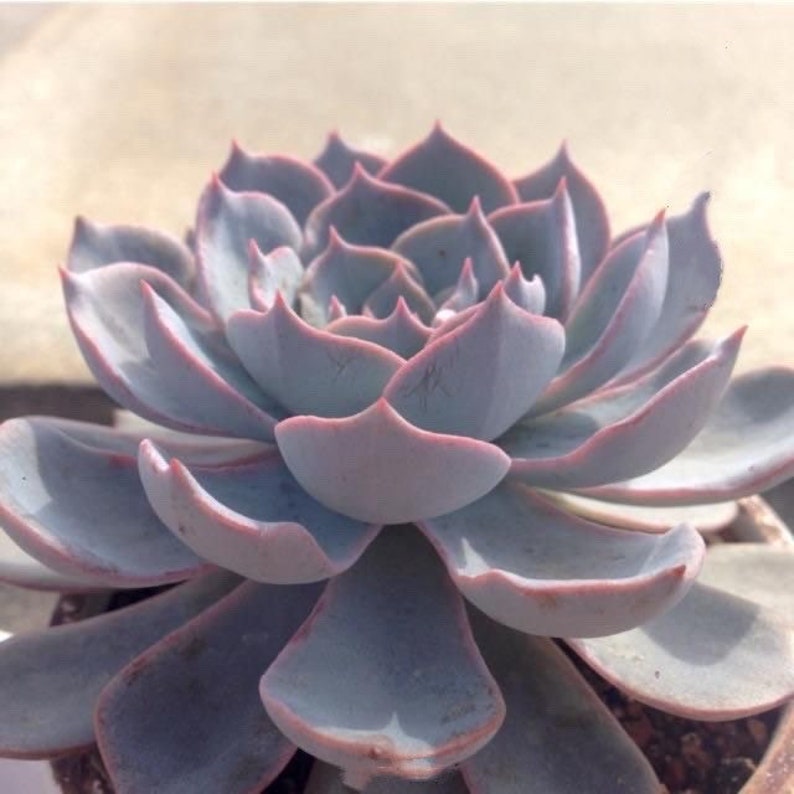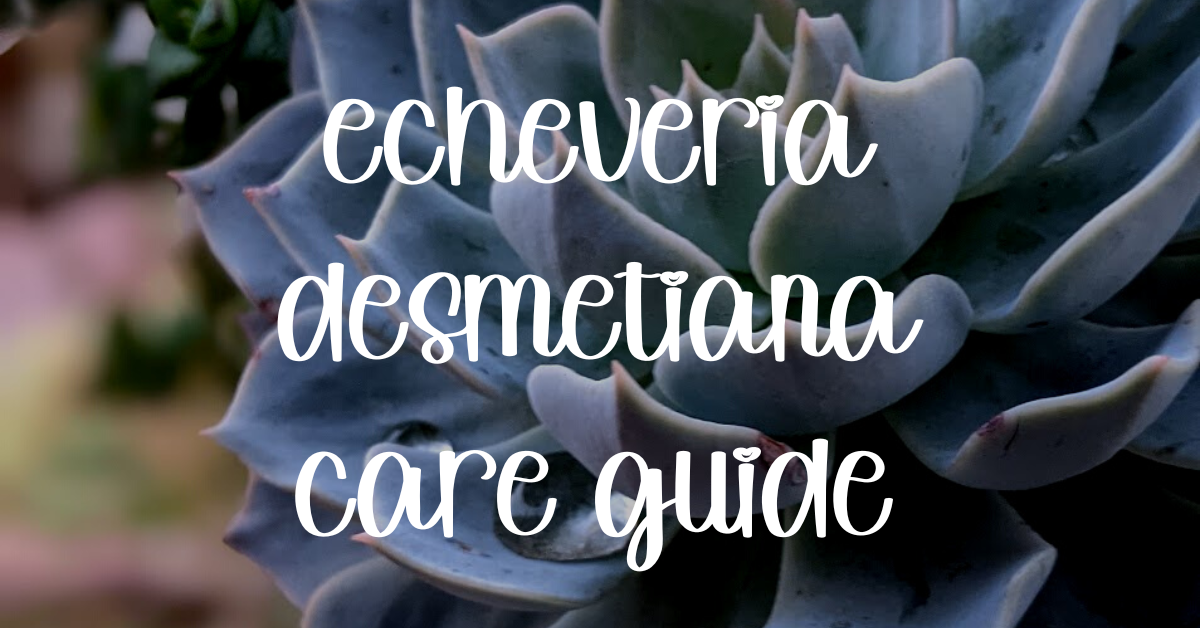Echeveria desmetiana, commonly known as Echeveria peacockii or Echeveria subsessilis, is a beautiful and popular succulent plant loved by gardeners and collectors alike. Known for its bright, blinding colors and unique rosette shape, this variety of Echeveria is both versatile and easy to grow.
In this comprehensive guide, we’ll explore everything there is to know about Echeveria desmetiana/peacockii/subsessilis, from its origins and classification to growing tips and creative design ideas.
Echeveria desmetiana, Echeveria peacockii and Echeveria subsessilis are all synonyms for each other.
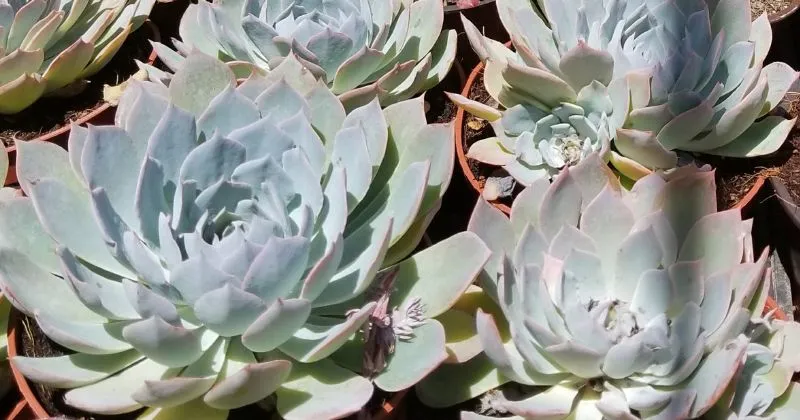
Echeveria desmetiana Care Guide:
Origins and Classification
Genus Echeveria
The Echeveria genus, named after the 18th-century Spanish botanist, Atanasio Echeverría y Godoy, is a group of succulent plants native to the semi-desert regions of Central America, Mexico, and northwestern South America.
With over 150 species and numerous hybrids, Echeveria plants are known for their beautiful rosette shape and wide range of colors, making them a popular choice among succulent enthusiasts.
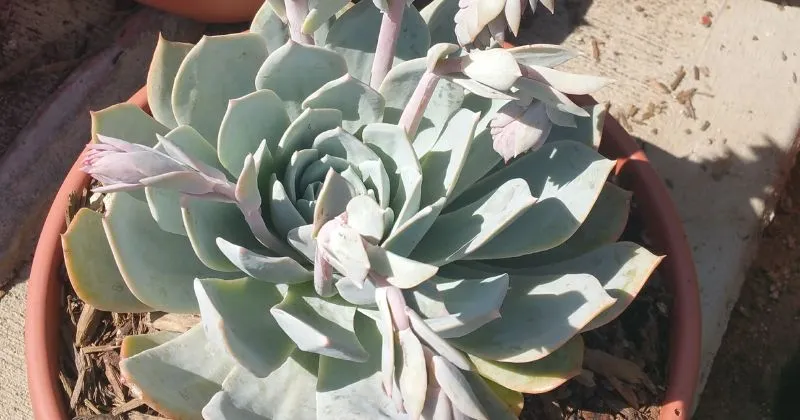
Species and Varieties
Echeveria desmetiana, also known as Echeveria peacockii or Echeveria subsessilis, is a species within the Echeveria genus.
This species is characterized by its beautiful pale blue leaves with a hint of pink or red along the edges. The leaves form a tight rosette, and in the right conditions, the plant produces bell-shaped, coral-pink flowers on long, slender stems.
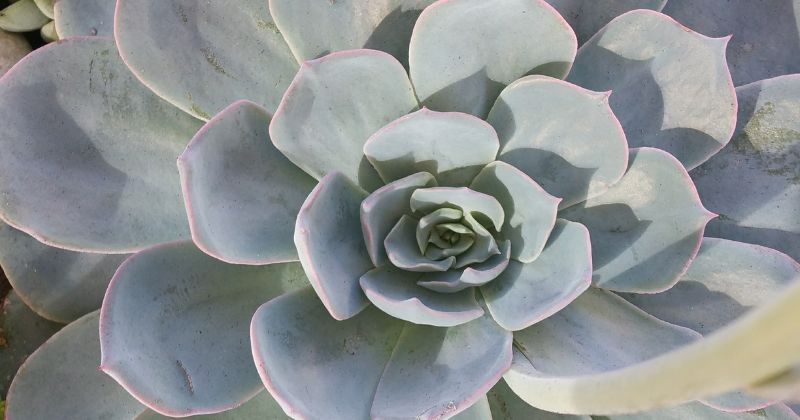
Growing and Caring for Echeveria desmetiana
Ideal Growing Conditions
Echeveria desmetiana/peacockii/subsessilis thrives in USDA hardiness zones 9-11. It prefers a sunny location with well-draining soil and can tolerate some light shade.
The plant is also drought-tolerant, making it a suitable choice for areas with low rainfall.
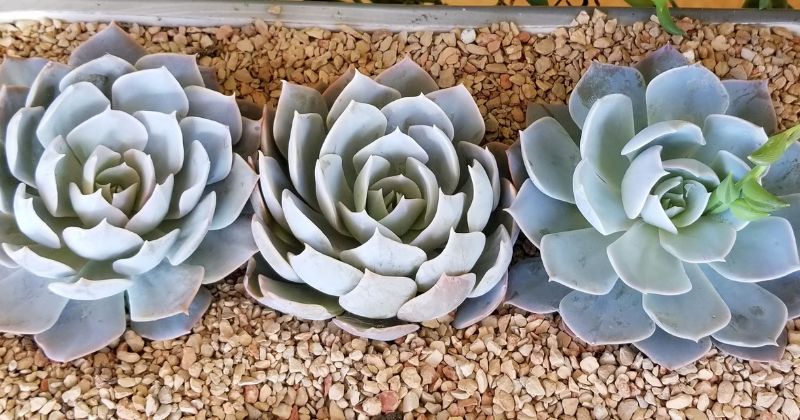
Watering and Feeding
Like other succulents, Echeveria desmetiana/peacockii/subsessilis requires minimal watering. Allow the soil to dry out between watering to prevent root rot.
During the late spring/early summer growing season, water your Echeveria every 7-10 days, but decrease the frequency during winter months when the plant is dormant.
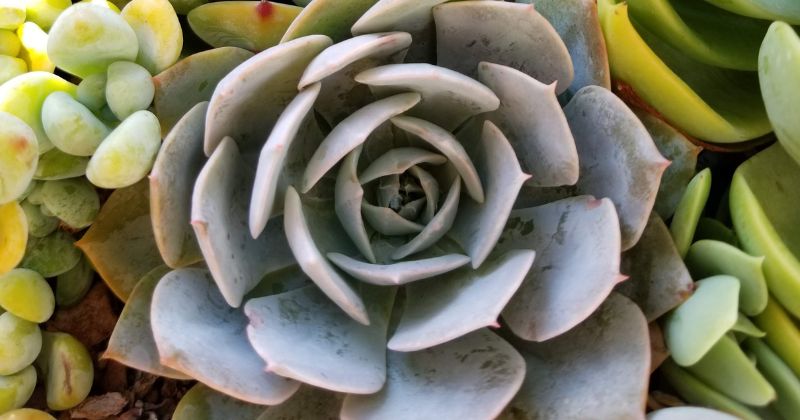
Fertilize your Echeveria with a balanced, water-soluble fertilizer diluted to half strength during the growing season. Avoid fertilizing during the winter months.
I generally hold back on watering all of my winter dormant succulents in general during the winter when they’re dormant.
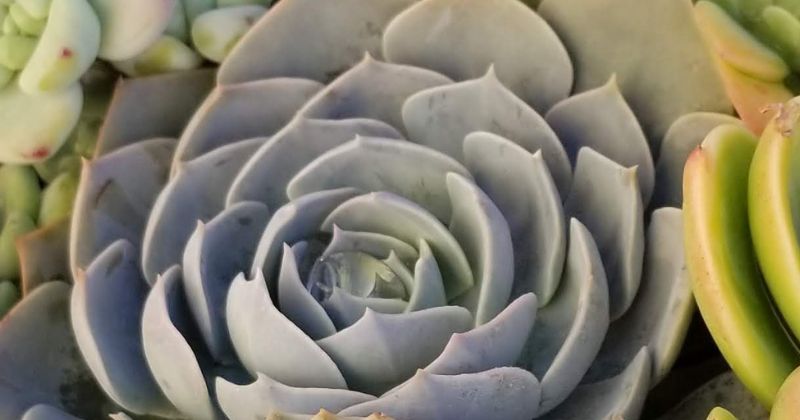
Soil and Potting
Echeveria desmetiana/peacockii/subsessilis prefers well-draining soil with a slightly acidic to neutral pH. A mixture of cactus or succulent soil with added perlite, pumice, or coarse sand is ideal for ensuring proper drainage.
If you haven’t found your favorite mix of succulent soil and inorganic soil amendments, be sure to check out my post on succulent soil here.
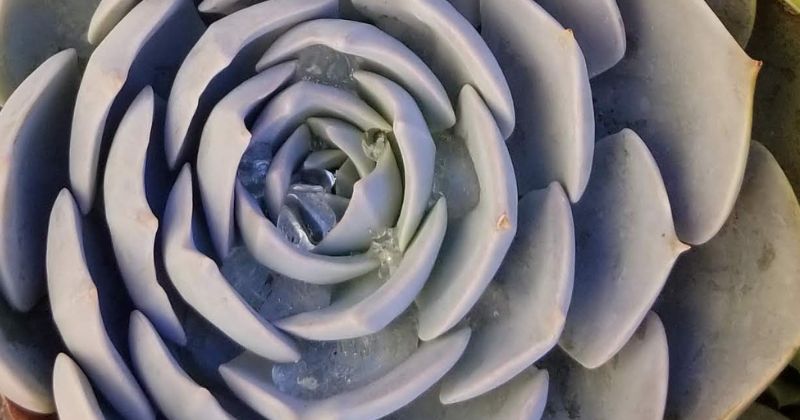
When potting your Echeveria, choose a container with drainage holes to prevent waterlogged soil. As the plant grows, you may need to repot it into a larger container to accommodate its expanding root system.
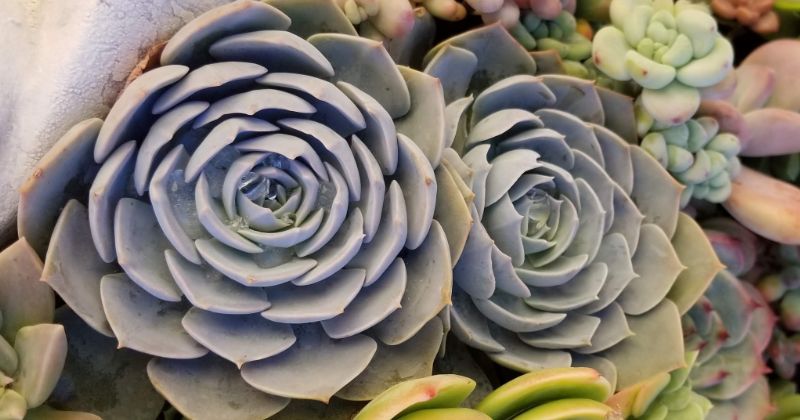
Pruning and Propagation
Echeveria desmetiana/peacockii/subsessilis can be easily propagated through leaf cuttings, offsets, or seed. To propagate by leaf cuttings, simply remove a healthy leaf from the mother plant and let it dry for a few days. Place the leaf on top of well-draining soil and mist it lightly until roots and a new plantlet appear.
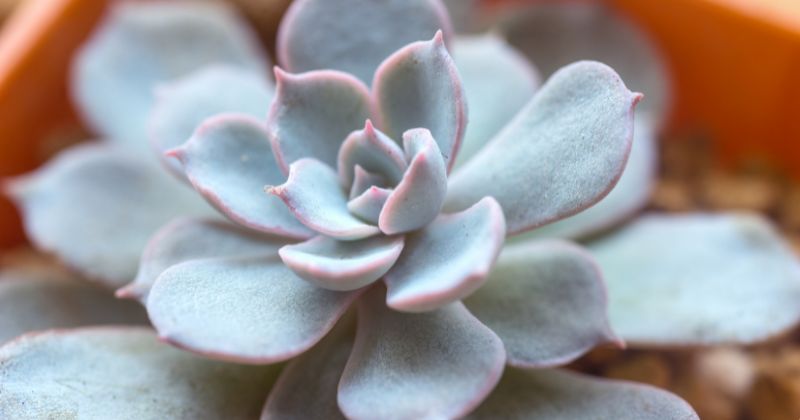
Offsets, or “pups,” can be removed from the base of the mother plant andreplanted in a new pot. If you’re feeling adventurous, you can also grow Echeveria from seed, but be prepared for a slower process.
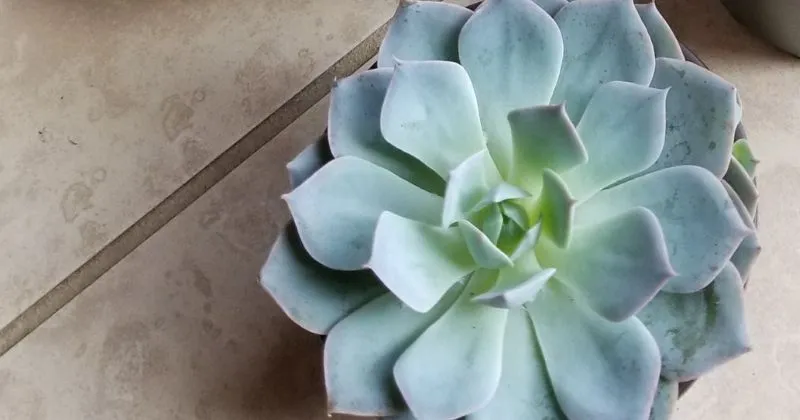
Prune your Echeveria by removing dead or damaged leaves and trimming back any overgrown stems to maintain its compact rosette shape.
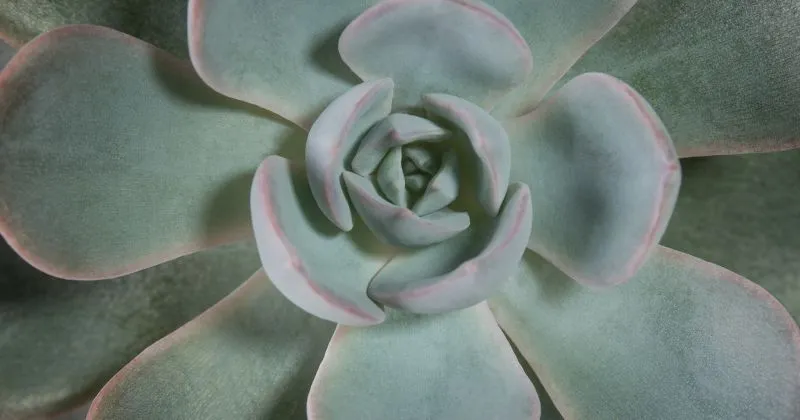
Pest and Disease Control
Echeveria desmetiana/peacockii/subsessilis is relatively pest and disease-resistant. However, it can be susceptible to common succulent pests such as mealybugs, aphids, and spider mites. Keep a close eye on your plant and treat any infestations with insecticidal soap or neem oil. To prevent fungal diseases and root rot, always ensure proper drainage and avoid overwatering.
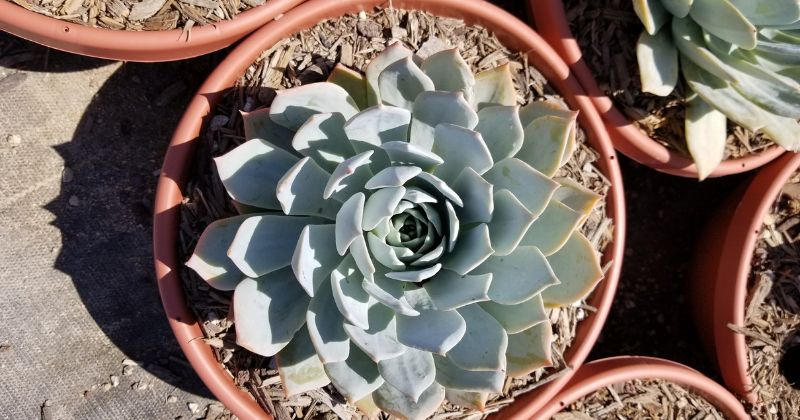
Echeveria desmetiana in Landscaping and Design
Container Gardening
With its eye-catching colors and compact size, it makes a perfect choice for container gardening. Plant it in a decorative pot and place it on your patio, balcony, or windowsill for a stunning focal point.
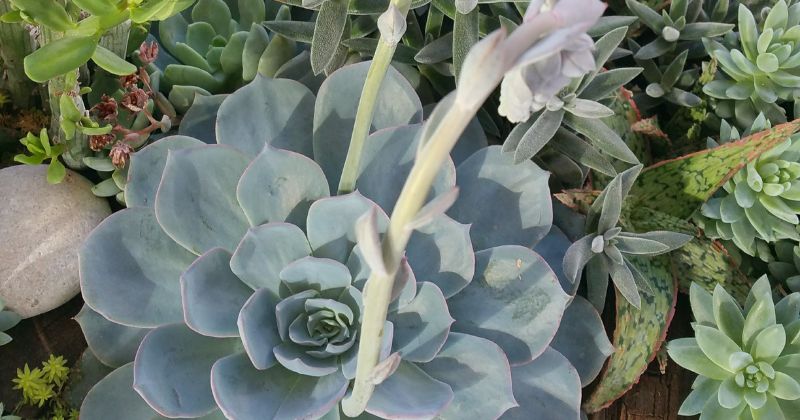
Garden Beds and Rockeries
Echeveria desmetiana/peacockii/subsessilis also works well in garden beds and rockeries. Its low-growing, ground-covering habit makes it ideal for filling gaps between larger plants or adding a pop of color to your garden’s design.
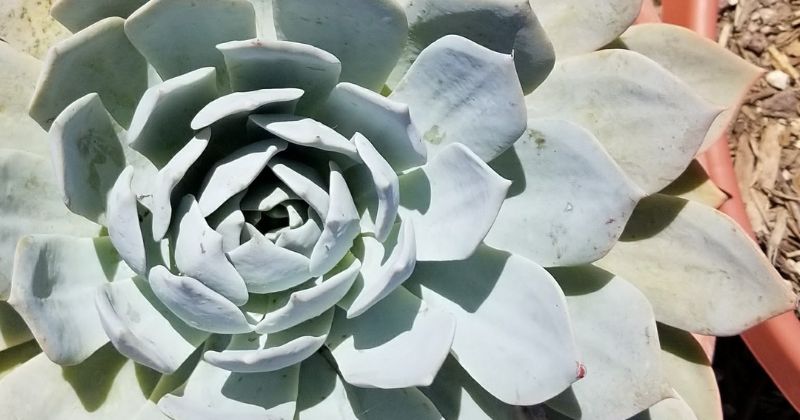
Creative Design Ideas
Get creative with your Echeveria desmetiana/peacockii/subsessilis by incorporating it into living walls, succulent wreaths, or even as a centerpiece in a mixed succulent arrangement. The possibilities are endless!
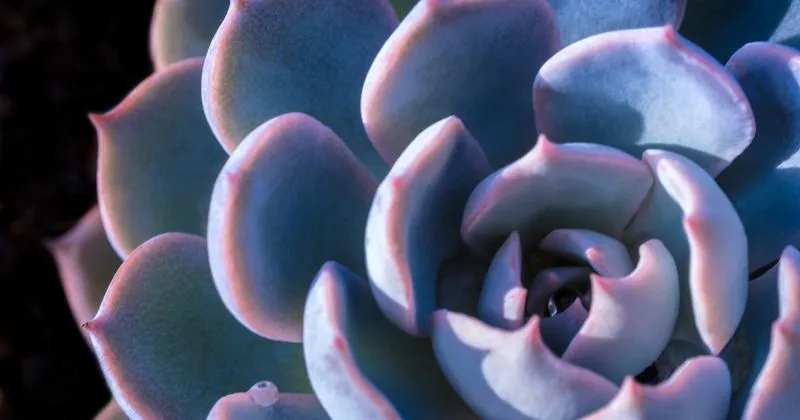
Fun Facts and Trivia
- Echeveria plants are sometimes called “hen and chicks” due to their ability to produce offsets, or “pups,” that cluster around the mother plant.
- Echeveria desmetiana/peacockii/subsessilis is known to produce nectar, attracting hummingbirds and other pollinators to the garden.
- The powdery colors of Echeveria desmetiana/peacockii/subsessilis are not only beautiful but also serve as a natural sunscreen to protect the plant from harsh sunlight.
- Some Echeveria species, including Echeveria desmetiana/peacockii/subsessilis, can display a stunning “farina,” a powdery coating on their leaves that helps to protect them from sunburn and water loss.
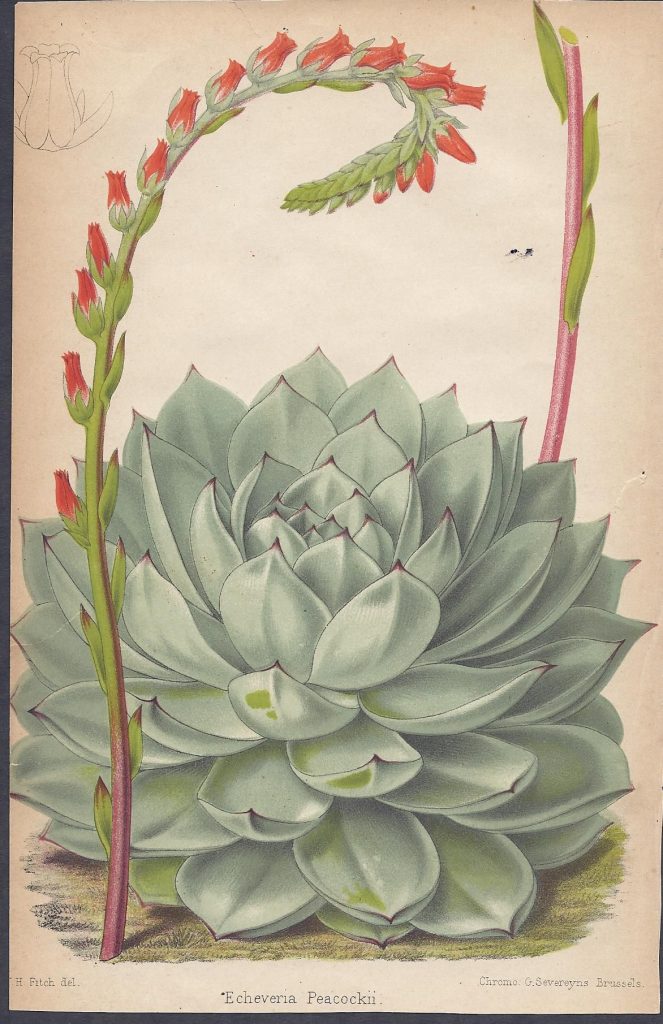
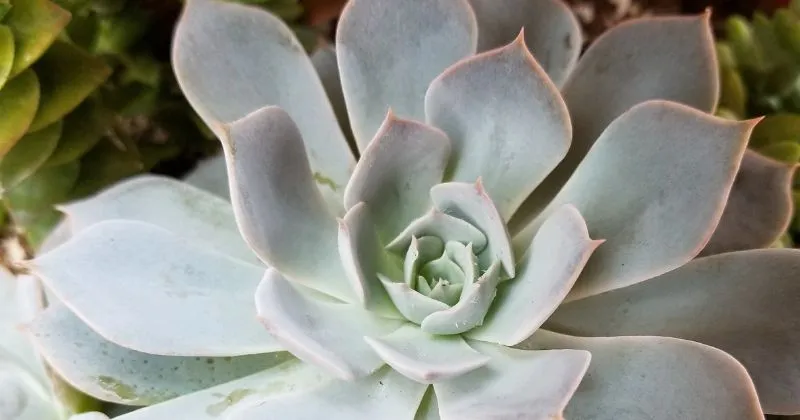
Echeveria desmetiana/peacockii/subsessilis is a versatile and easy-to-grow succulent that adds beauty and interest to any garden or container. With proper care and attention to its specific growing needs, you can enjoy the stunning colors, unique rosette shape, and charming flowers of this delightful plant for years to come.
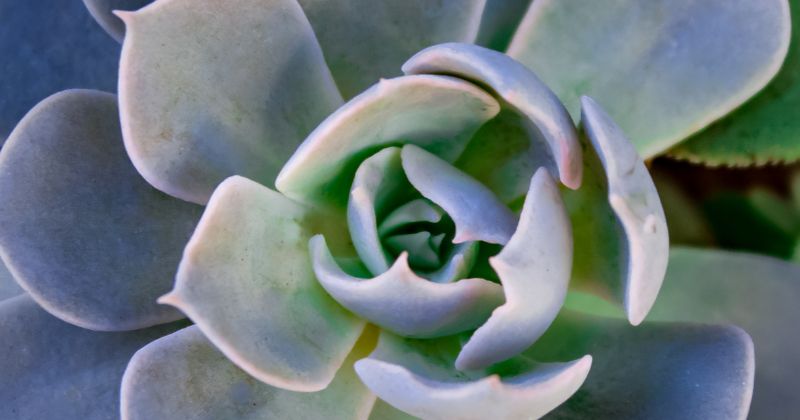
FAQs
- What is the difference between Echeveria desmetiana, peacockii, and subsessilis?
Echeveria desmetiana, peacockii, and subsessilis are different names for the same species. They all refer to the same beautiful, blue-green succulent with pink or red edges. - How often should I water my Echeveria desmetiana/peacockii/subsessilis?
Water your Echeveria every 7-10 days during the growing season, allowing the soil to dry out between waterings. Decrease the frequency during the winter months when the plant is dormant. - Can Echeveria desmetiana/peacockii/subsessilis be grown indoors?
Yes, Echeveria desmetiana/peacockii/subsessilis can be grown indoors as long as it receives plenty of bright, indirect sunlight. A south- or west-facing windowsill is an ideal location. - Why are the leaves on my Echeveria desmetiana/peacockii/subsessilis turning yellow?
Yellowing leaves can be a sign of overwatering or poor drainage. Make sure to let the soil dry out between waterings and use a well-draining soil mix to prevent root rot. - How do I propagate Echeveria desmetiana/peacockii/subsessilis?
You can propagate Echeveria desmetiana/peacockii/subsessilis through leaf cuttings, offsets, or seeds. Leaf cuttings and offsets are the easiest methods, while growing from seed can be a slower process.
Is Echeveria desmetiana on your succulent wish list?
Click on the image below to add one to your succulent collection from a small business on Etsy!
